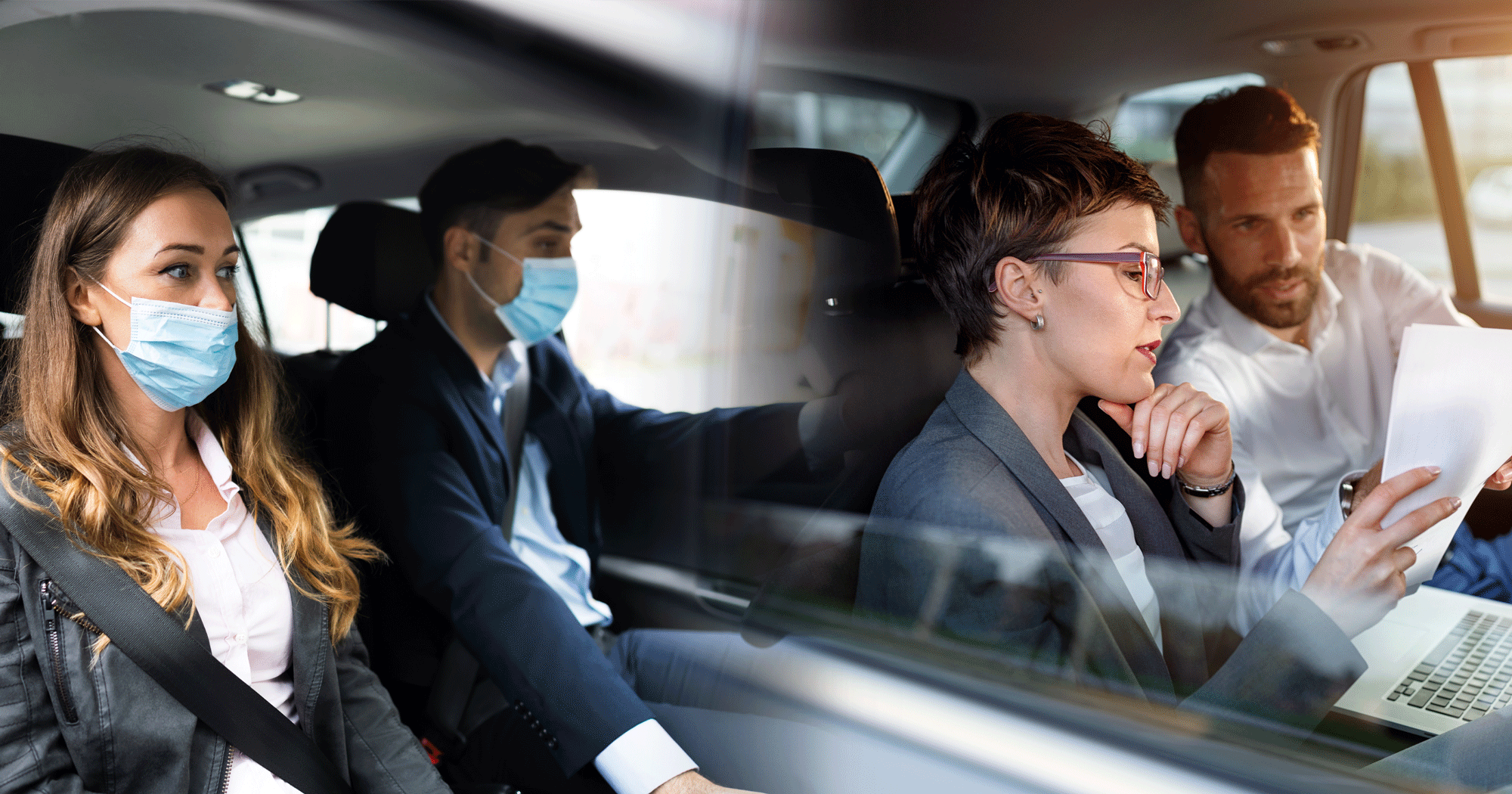Welcome to Commuter Connect’s first blog of 2021! Last year, we saw a dramatic shift in how people commute. As a result, Central Indiana experienced a drop in both air pollution and traffic congestion. We expect 2021 to be yet another exciting year in the commuting industry!
With the COVID-19 vaccine distribution already in progress, the Commuter Connect team wanted to look toward the future after the pandemic subsides. In December, the University of South Florida’s Center for Urban Transportation surveyed leaders of transportation service agencies (like Commuter Connect) across the country. Researchers identified some major challenges and opportunities facing transportation service organizations in 2021 and beyond. Here are some key takeaways from the study:
Challenges
“Returning to Normal” Might Mean a Return to Bad Habits
In 2020, a record number of people telecommuted for the first time due to the stay-at-home mandates. Employees who once commuted everyday learned to adapt their job to be fully online, with the help of software like Zoom and Microsoft Teams. This transition into remote working significantly reduced air pollution and traffic congestion. However, many transportation service workers fear that once the pandemic is over, people will stop telecommuting and return to their single-occupant vehicle commutes.
Budget Cuts
With state and local governments focusing their resources on fighting the pandemic and economic recovery, some transportation service officials expect cuts to certain transit and commuting programs.
Opportunities
A New Start
Why do so many people start new habits on January 1st? Because landmarks in time can act as catalysts for behavior change, a phenomenon known as the “Fresh Start Effect.” While some officials worry that the end of COVID-19 will make people return to old bad habits, others hope that it will be a “fresh start:” a time to adopt new responsible commuting habits like taking public transit or biking to work.
Equity and Serving Essential Workers
Public transit and other transportation services did not shut down during the pandemic. In fact, transit played an essential role in the lives of many health care workers, grocery store employees, restaurant staff, and city officials. According to data from the American Community Survey, 30% of essential workers use public transit to commute. Citizens with a lower income also relied on public transit throughout the pandemic. In 2021 and beyond, transportation agencies can ensure that transit most effectively serves the people who need it.
Becoming Bike-Friendly
As discussed in our December blog post, biking has surged in popularity throughout the U.S. Many people can see biking as a viable daily commuting option for the first time ever. Some commuting service agencies plan to help their local governments and partnering employers better accommodate bike commuters.
The end of the pandemic will bring great challenges but even greater opportunities for innovation in the commuting industry. We look forward to working with employers and employees across Central Indiana to encourage responsible car-free or car-lite commuting. To learn more about your options, please register for Commuter Connect here.


